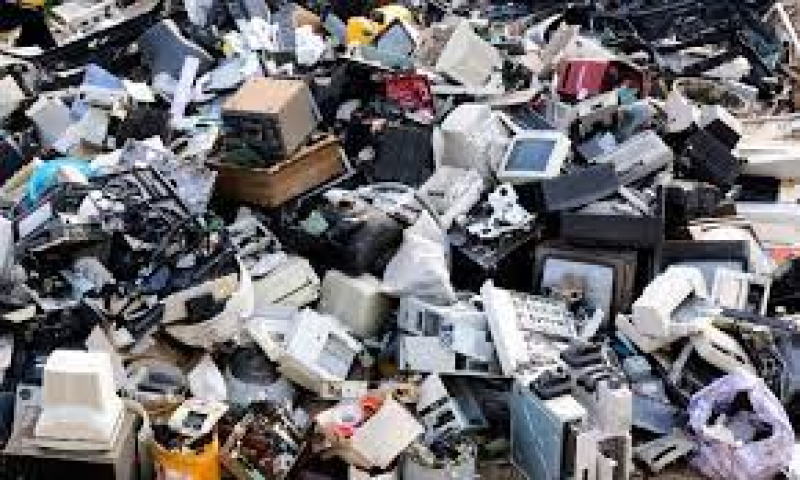- Inqilab Monch Seeks Home Adviser’s Exit |
- UN Calls for Calm in Bangladesh After Protest Leader’s Killing |
- DMP issues 7 traffic directives for Osman Hadi’s Janaza |
- Vested quarter fuelling chaos to impose new fascism: Fakhrul |
- Hadi’s namaz-e-janaza at 2:30pm Saturday |
Be aware of E-waste

E-waste, when allowed to accumulate at an unchecked rate and with next to no disposal strategies,
One of the biggest impacts of the democratization of the internet in Bangladesh is its knock-on effect on the adoption of internet-enabled devices -- from smartphones to laptops, tablets, and even desktop computers, at least one or more of such devices can be found in most households in the country.
However, an expected caveat of the proliferation of smart devices has been the steady increase of what is called E-waste -- a sizable market amounting to Tk100 crore every month according to a recent report -- which poses a massive challenge to our already over-burdened waste management infrastructure.
E-waste, when allowed to accumulate at an unchecked rate and with next to no disposal strategies, poses a massive environmental issue. While many institutions, such as businesses, are cognizant about proper disposal or recycling of E-waste, the overwhelming majority of devices used belong to individuals who are not aware of the dangers of simply leaving their out-of-service devices out on the roads.
It should be noted that E-waste is not simply limited to smart devices, but any electronic devices constructed using plastics and contain hazardous materials like lead, mercury, and cadmium, among other chemical reagents – which means even old air conditioning units, refrigerators, electric fans, lights, etc which eventually find their way into landfills or even just out in the open are contributing to the continued degradation of the environment.
Our waste management, as it has been said time and again, is, in general, fundamentally flawed as an infrastructure -- with next to no clear strategies in place, all waste, regardless of category, tends to go through the same channel. E-waste poses a very different challenge for us, in that respect.
Given the government’s success in materializing its digital ambitions for Bangladesh, handling E-waste needs to be prioritized without delay.

